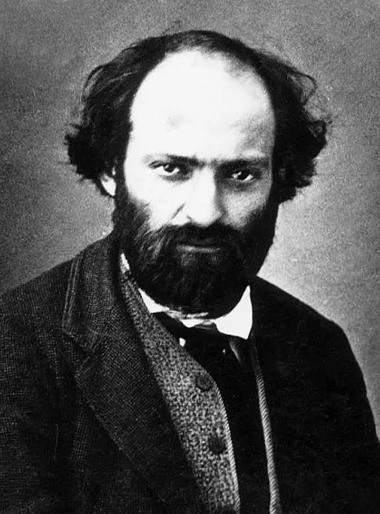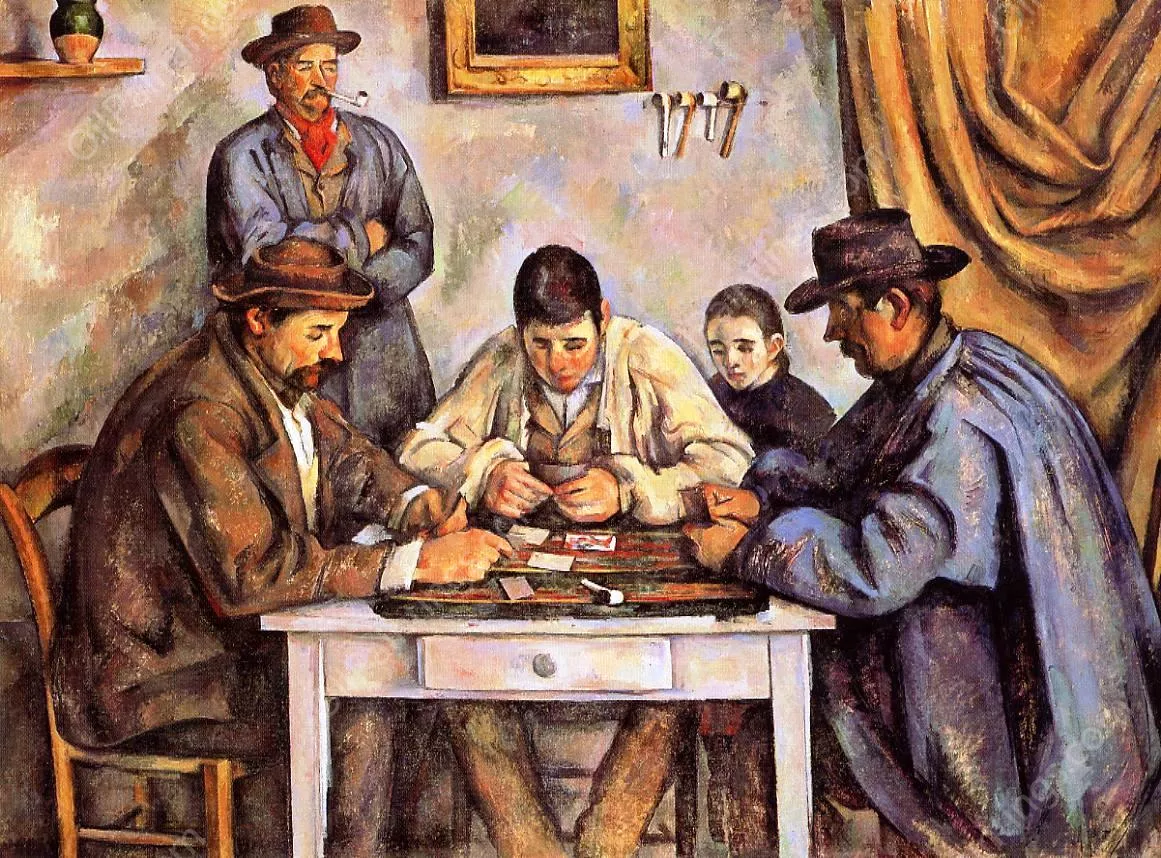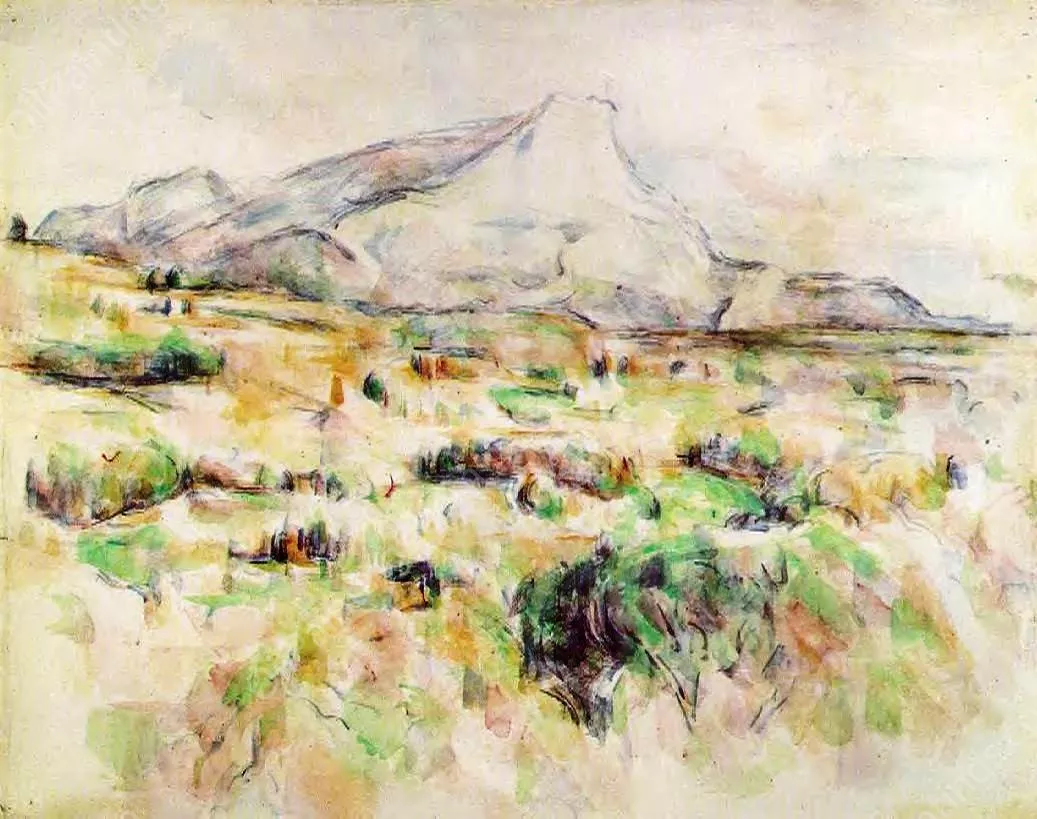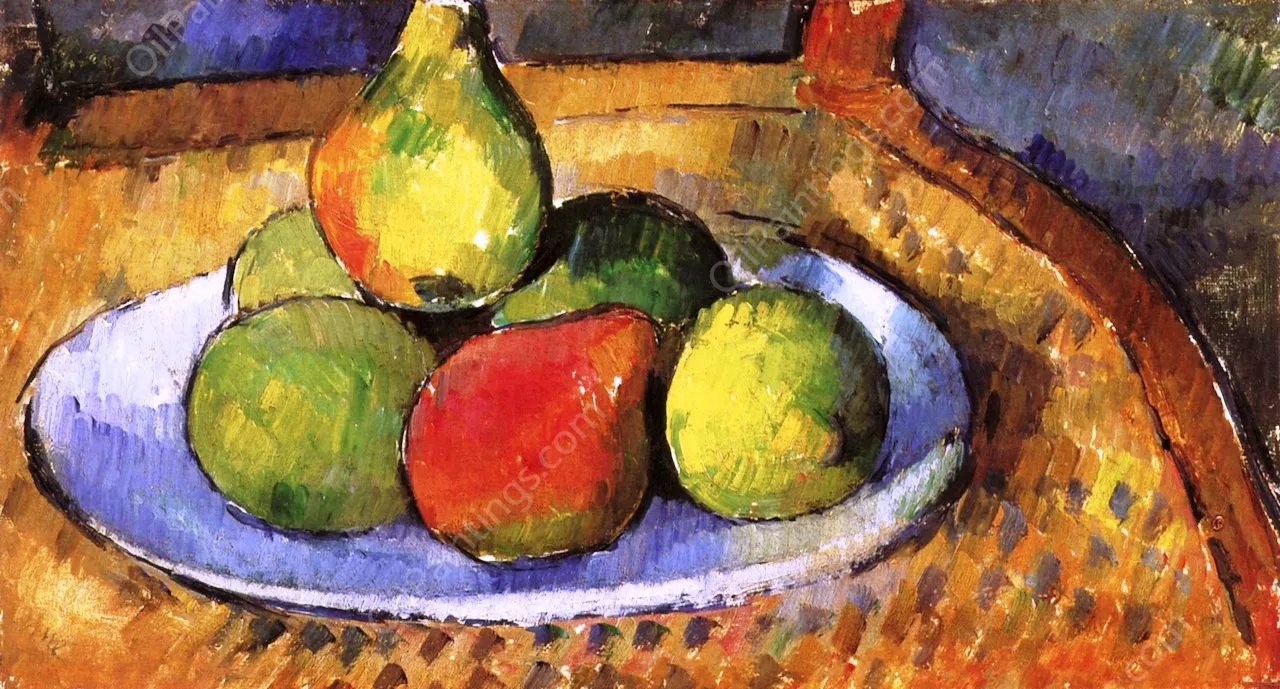Paul Cezanne Biography

Paul Cezanne is widely regarded as one of the most influential artists in the transition from the 19th century's Impressionism to the more avant-garde styles of the 20th century. His unique approach to painting, with its emphasis on geometric shapes, multiple viewpoints, and the deconstruction of form, laid the groundwork for the development of Cubism and modern art.
Born in Aix-en-Provence, France in 1839, Cezanne initially had his early works rejected by the conservative French academy. Undeterred, he continued to develop his distinctive style, moving away from the Impressionists' focus on capturing the fleeting effects of light and atmosphere. Instead, Cezanne sought to depict the underlying structures and geometries of his subjects through the use of multiple viewpoints and the building up of form through color.
Cezanne's intense study of his subjects, often painting the same scene or still life arrangement repeatedly, allowed him to deconstruct and reconstruct the forms in innovative ways. His famous still life paintings of apples, pitchers, and other everyday objects are considered masterpieces of this analytical approach, reducing the subjects to their essential shapes and volumes.
Cézanne's Most Iconic Works
Though he remained relatively unknown for much of his career, Cézanne produced several now-legendary paintings that stand as emblematic of his pioneering style and far-reaching influence.
The Card Players (1890–1892)
His series of works depicting peasants immersed in games of cards epitomize his mature style. Through multiple versions, Cézanne explores the subjects from varying angles, with The Card Players (1890–1892) in the Musée d'Orsay representing the theme's apex. The composition reduces the men to geometric essentials, with rounded backs echoing the table edge and tilted hats paralleling slanted pipes. By deconstructing the figures and scene through patches of color and abstract planes, Cézanne lays the very foundations of Cubism and modern abstraction decades ahead of his time.
Mont Sainte-Victoire (1897)
The mountain near his hometown of Aix-en-Provence became Cézanne's personal monument, with over 80 depictions of Mont Sainte-Victoire completed over decades. He captured the landscape in varying light conditions and from contrasting perspectives, each time breaking down the vista into its basic shapes and colors. Works like Mont Sainte-Victoire Seen from the Bibemus Quarry (c. 1897) exemplify his radically new reinterpretation of nature through color and form. See this painting Mont Sainte-Victoire
The Large Bathers (1895-1905)
Cézanne's Bathers series reached its peak in this grand-scale painting of nude figures in a landscape, exuding a timeless, monumental quality. Considered a masterpiece of modern art, The Large Bathers (1895-1905) took Cézanne over a decade to complete. The distorted, abstracted bodies and dappled brushwork that fuse human forms with the landscape announced a profoundly new way of representing the world, setting Cézanne apart.
Still Life (1895-1900)
Though less renowned, Cézanne's Still Lifes were crucial in developing his analytical approach to painting. Works like Still Life with Apples and Oranges (c. 1895-1900) showcase his revolutionary eye for color and form. The vivid oranges and deep greens create dynamic tensions, while the table edges tilt and apples bulge, subtly subverting reality. In his still lifes, Cézanne liberated objects from fidelity to nature through pioneering use of color and shape.
While Cezanne's works were initially rejected and unappreciated during his lifetime, he is now recognized as a pivotal figure in the development of modern art. His unique style, with its emphasis on geometry, structure and the deconstruction of form, had a profound influence on subsequent movements like Cubism and Fauvism. Cezanne's still lifes, landscapes and portraits continue to be celebrated for their innovative approach and their role in bridging the gap between Impressionism and the avant-garde styles that followed. His enduring legacy as one of the most important Post-Impressionist painters solidifies his place in the canon of art history.



